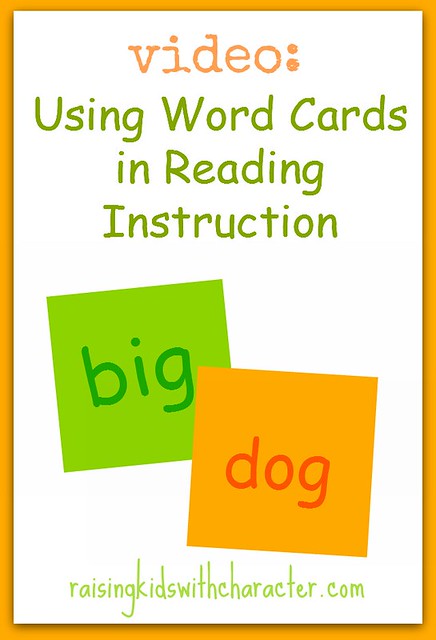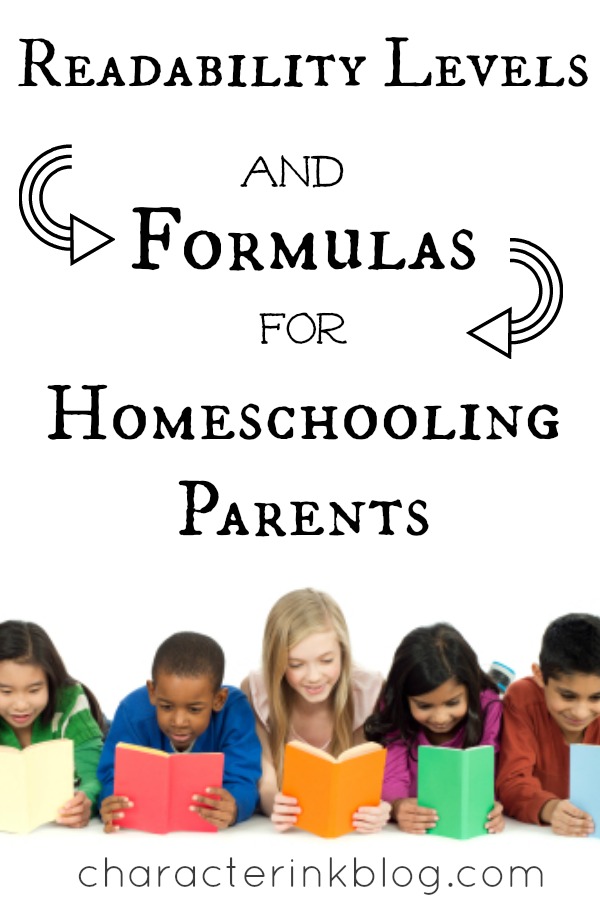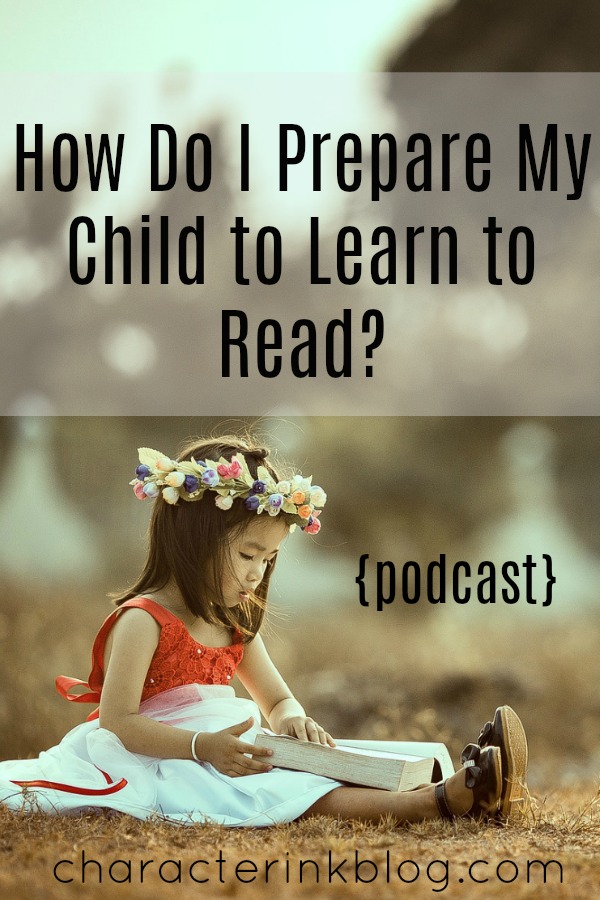
by Donna | Jun 4, 2019

Tips for Using Word Cards in Reading Instruction
1) Don’t use word cards with words the student has never encountered. Word cards are for practicing words used in instruction, not for long lists of words never encountered before.
(more…)
by Donna | Oct 14, 2018

One of the best ways you can help a child become good in language arts (which carries over to all of his school work–since all school work involves reading, comprehending, organizing, etc.) is to help him become a good reader.
Over the past month, I have focused on teaching reading, reading aloud, reading instruction, phonics, and more.
(more…)
by Donna | Oct 1, 2018

An Introduction to Readability Levels
I began homeschooling over thirty years ago when Ray and I taught my younger sister (who was in eighth grade at the time) in our home. During my first several years of homeschooling, I used early readers when my children were first learning to read, but I did not care for “readers” for older children. I always felt that abridged or excerpted stories were inferior—and that children should read whole books.
(more…)
by Donna | Sep 24, 2018
It’s winter! That means snuggling under a fleece, matching sweatsuits on, and reading all day. (Okay, you don’t have to do the matching sweatsuits…but trust me, your kids will remember that when they are adults….um…..I’ve been told!)

I have a lot of material at the blog about reading aloud to your kids—unit studies, morning read aloud, Bible time, story time, family read aloud, and more. We did them all…nearly every day for twenty-five years….and I wouldn’t trade those hours for anything!
But there are logistics…especially if you are trying to do this with a large family…multiple ages and interests, etc.
(more…)
by Donna | Sep 13, 2018

One of the great things about teaching children in a homeschool or one-on-one setting is that we can easily see when readiness simply isn’t there. And one of the greatest benefits is that we can wait for the child’s readiness to be there before moving on. (Sweet babies…let’s be patient with them!)
Patience is often hard for a homeschooling mom. We are prone to comparisons. We are prone to worry. We are prone to low self confidence when our kids aren’t learning quickly.
(more…)









